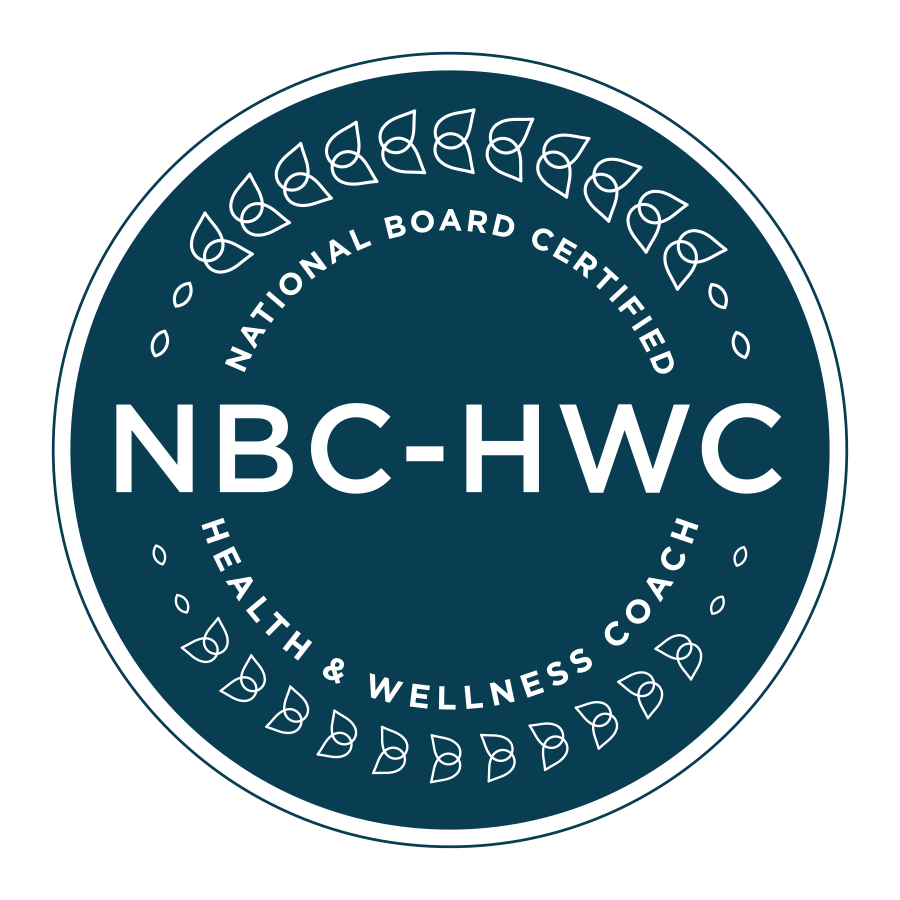Research done by the National Institutes of Health (NIH) has shown that women often experience physical symptoms of a heart attack as long as one month in advance of the actual event.
The study included 515 women who had a heart attack. Of those women, 95 percent recognized that their symptoms were new or different a month or more before they had a heart attack. The most common symptoms were unusual fatigue (70.6%), sleep disturbance (47.8%), and shortness of breath (42.1%). Less than 30% of the women reported having chest pain or discomfort prior to their heart attack and 43% had no chest pain during any phase of their heart attack. Lack of significant chest discomfort may be one reason why women have more unrecognized heart attacks than men and are discharged from emergency departments.
It has become evident that women’s symptoms are not always as predictable as men’s.
The NIH study was published in Circulation in 2003. The information from the 515 women was gathered from 5 sites. They were surveyed 4-6 months after discharge and were questioned about their symptoms, co morbidities and demographic characteristics. The women were predominantly Caucasian (93%), high school educated (54.8%) and older (mean age 66 +/-12 years). The most frequent acute symptoms were shortness of breath (57.9%), weakness (54.8%) and fatigue (42.9%). Women with multiple symptoms prior to the event experienced more acute symptoms.
There has been little information about early warning or prodromal symptoms in women. In another study, as many as 85%-90% of women reported prodromal symptoms prior to their heart attack. Many ignored these symptoms and others sought medical help only to have providers minimize, misdiagnose or ignore their symptoms. An important step in providing a complete picture of a woman’s typical presentation is to accurately describe their prodromal and acute symptoms. The “typical” cardiac symptoms are based primarily on the experience of Caucasian, middle-aged men with any deviations described as “atypical”. The failure to recognize prodromal symptoms may be one reason that women experience a higher rate of sudden cardiac deaths than men. Heart disease is the number one cause of death in women in the U.S.
Although 95% of the women reported prodromal symptoms, it is unclear whether these symptoms predict future events or whether the location, frequency, and intensity of the symptoms are more important than the number of symptoms. Being aware of “atypical” symptoms in women might encourage more women to seek medical attention earlier and increase the diagnosis of heart disease by practitioners before a major event occurs.
1. Circulation November 25, 2003 vol. 108 no. 21 2619-2623
Clinical Investigation and Reports
Women’s Early Warning Symptoms of Acute Myocardial Infarction
TABLE 1. Frequency of Prodromal (Early Warning) and Acute Symptoms (n=515)
| Symptoms | Prodromal Frequency, n (%) | Acute Frequency, n (%) |
| *Symptoms not asked for prodromal phase. | ||
| ‘Symptoms not asked for acute phase. | ||
| Discomfort/pain | ||
| General chest | 67 (13.0) | 102 (19.8) |
| Centered high in chest | 74 (14.4) | 157 (30.5) |
| Left breast | 48 (9.3) | 76 (14.8) |
| Neck/throat | 38 (7.4) | 84 (16.3) |
| Jaw/teeth | 23 (4.5) | 49 (9.5) |
| Back/between or under shoulder blades | 67 (13.0) | 109 (21.2) |
| Top of shoulders | 26 (5.0) | 52 (10.1) |
| Both arms | 28 (5.4) | 63 (12.2) |
| Left arm/shoulder | 61 (11.8) | 112 (21.7) |
| Right arm/shoulder | 12 (2.3) | 24 (4.7) |
| Leg(s) | 18 (3.5) | 7 (1.4) |
| General symptoms | ||
| Cold sweat* | – | 201 (39.0) |
| Hot/flushed* | – | 167 (32.4) |
| Anxious’ | 183 (35.5) | – |
| Sleep disturbance’ | 246 (47.8) | – |
| Unusual fatigue | 364 (70.7) | 221 (42.9) |
| Weakness* | – | 282 (54.8) |
| Cough | 95 (18.4) | 54 (10.5) |
| Heart racing | 141 (27.4) | 118 (22.9) |
| Shortness of breath | 217 (42.1) | 298 (57.9) |
| Difficulty breathing at night’ | 99 (19.2) | – |
| Change in taste of cigarettes* | – | 15 (2.9) |
| Choking* | – | 49 (9.5) |
| Loss of appetite | 113 (21.9) | 100 (19.4) |
| Indigestion | 203 (39.4) | 157 (30.5) |
| Nausea* | – | 183 (35.5) |
| Vomiting* | – | 98 (19.0) |
| Arms weak/heavy | 128 (24.9) | 179 (34.8) |
| Arms ache | 97 (18.8) | 167 (32.4) |
| Hands/arms tingling | 112 (21.7) | 108 (21.0) |
| Arms swollen* | – | 21 (4.1) |
| Numbness/burning in both arms | 28 (5.4) | 36 (7.0) |
| Numbness/burning in right arm | 7 (1.4) | 6 (1.2) |
| Numbness/burning in left arm | 37 (7.2) | 45 (8.7) |
| Numbness in both hands | 54 (10.5) | 45 (8.7) |
| Numbness in right hand | 10 (1.9) | 5 (1.0) |
| Numbness in left hand | 33 (6.4) | 44 (8.5) |
| Dizziness* | – | 201 (39.0) |
| Vision change | 119 (23.1) | 69 (13.4) |
| Headache* | – | 78 (15.1) |
| Increased intensity of headaches’ | 47 (9.1) | – |
| Increased frequency of headaches’ | 68 (13.2) | – |
| Changes in thinking or remembering’ | 123 (23.9) | – |



